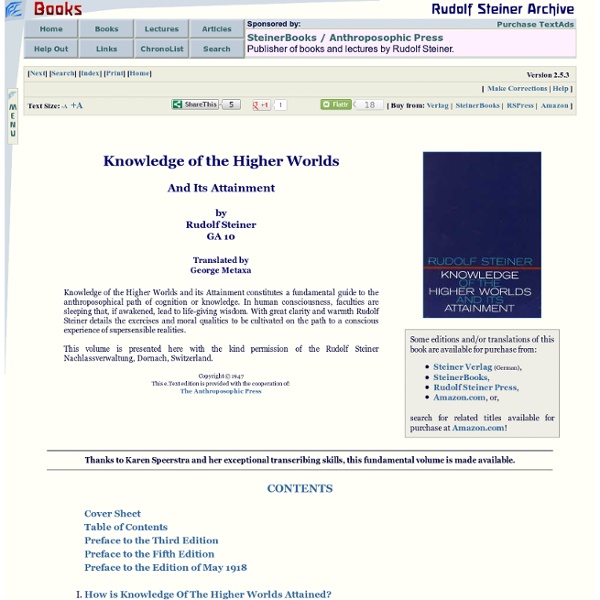



Scientific evidence for survival of consciousness after death According to Wikipedia.org, "psychometry" is a psychic ability in which the user is able to relate details about the past condition of an object or area, usually by being in close contact with it. The user could allegedly, for example, give police precise details about a murder or other violent crime if they were at the crime scene or were holding the weapon used. About.com's Paranormal Phenomena website lists information about several of the most convincing psychometrists. Stefan Ossowiecki, a Russian-born psychic, is one of the most famous psychometrists. Ossowiecki claimed to be able to see people's auras and to move objects through psychokinesis. In later experiments, Ossowiecki performed remarkable psychometric feats with archeological objects - a kind of psychic archeology. Ossowiecki described his visions as being like a motion picture that he could watch, pause, rewind and fast-forward - like a videotape or DVD.
Children of the Law of One | Where all religions meet, there is one God. Consensual Hallucination When William Gibson coined the term cyberspace in 1984 in the book Neuromancer, he described it as “a consensual hallucination experienced daily by billions of legitimate operators in every nation.” Decades later, Gibson declared that cyberspace was everting. Which is to say, entering the next phase of its evolution by creeping out of the virtual boundaries that once defined it and into what we consider “real life.” Sure enough, about 5 minutes later, the world proved him right, again, and the Internet of Things began to erode the distinction between the virtual and the real. Most descriptions of the possibilities of the Internet of Things have centered on things like RFID-tagged Starbucks cups that let the company trace your steps through its corporate universe, both real and virtual. Usually the first groups of people to find anything useful to do with new technology are marketers and the military. If you’re anything like me, your first reaction was something like this: Image credits: